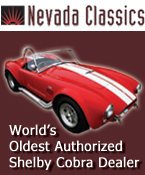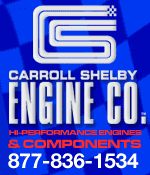
01-27-2004, 06:29 AM
|
 |
Renegade Nuns on Wheels

|
|
|
Join Date: Aug 2001
Location: columbus,
Oh
Cobra Make, Engine: Unique 427 roadster with 351C-4B
Posts: 5,129
|
|

 Not Ranked
Not Ranked
 Power assist brake design
Power assist brake design
My question is simple (then again, maybe not!):
How do you calculate the force on the master cylinder given a specific input force to the power booster?
I have some one using the brake worksheet for a power assist, tandem master cylinder setup. I did NOT put the sheet together as it is for this setup.
The tandem issue seemed to me to be simple to resolve. Since each piston in the master cylinder sees full input force from the peddle as opposed to a dual setup which sees half (with balance bar centered), simply double the desired peddle force. For instance, if you desire to apply 75 pounds of force on the peddle to stop the car at the maximum rate, change that value to 150 to 'fool' the spread sheet and it will actually calculate the correct values for 75 pounds of peddle force.
Now the power assist. I know that the amount of boost will be calculated by the pressure difference between atomospheric pressure and manifold pressure using the power assist diaphram diameter as the piston. However, how does peddle force fit into the equation?
Thanks in advance for the help!
Rick
|

















 Threaded Mode
Threaded Mode

